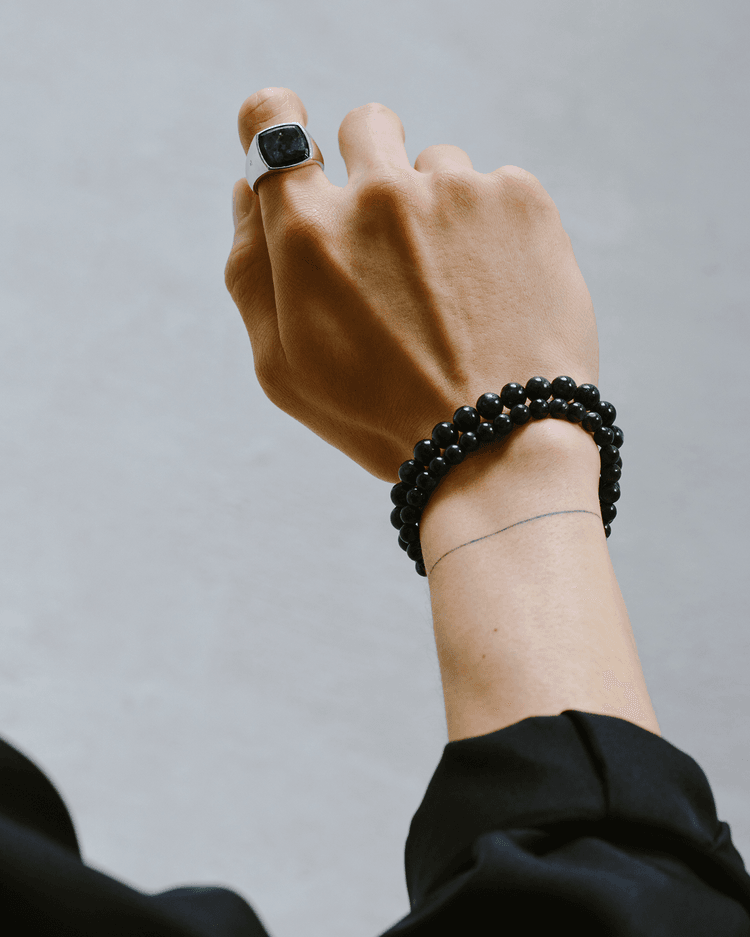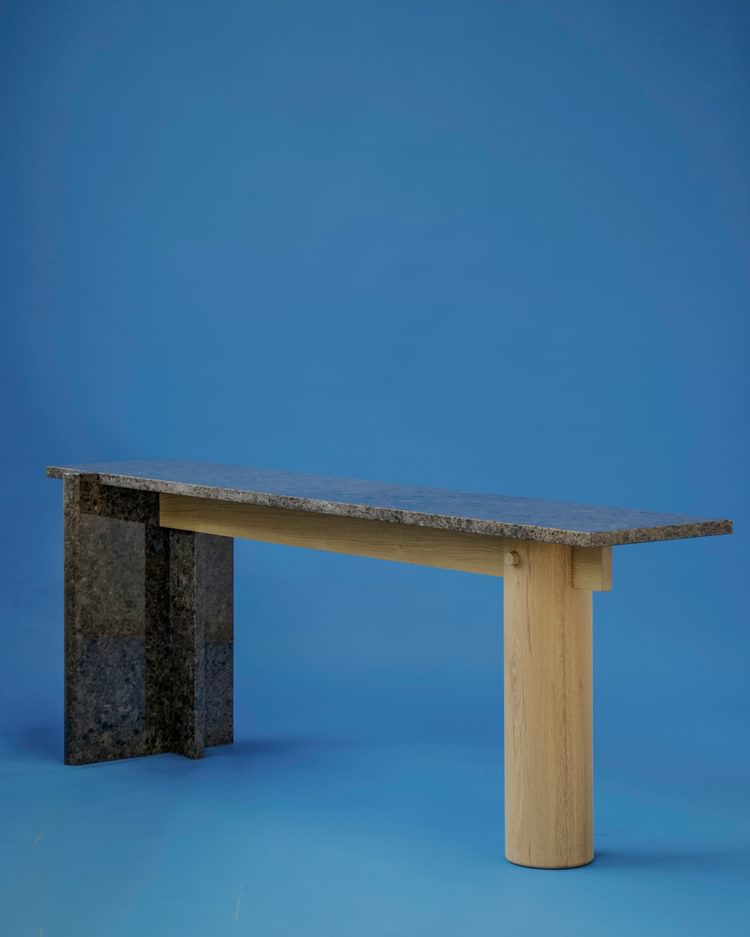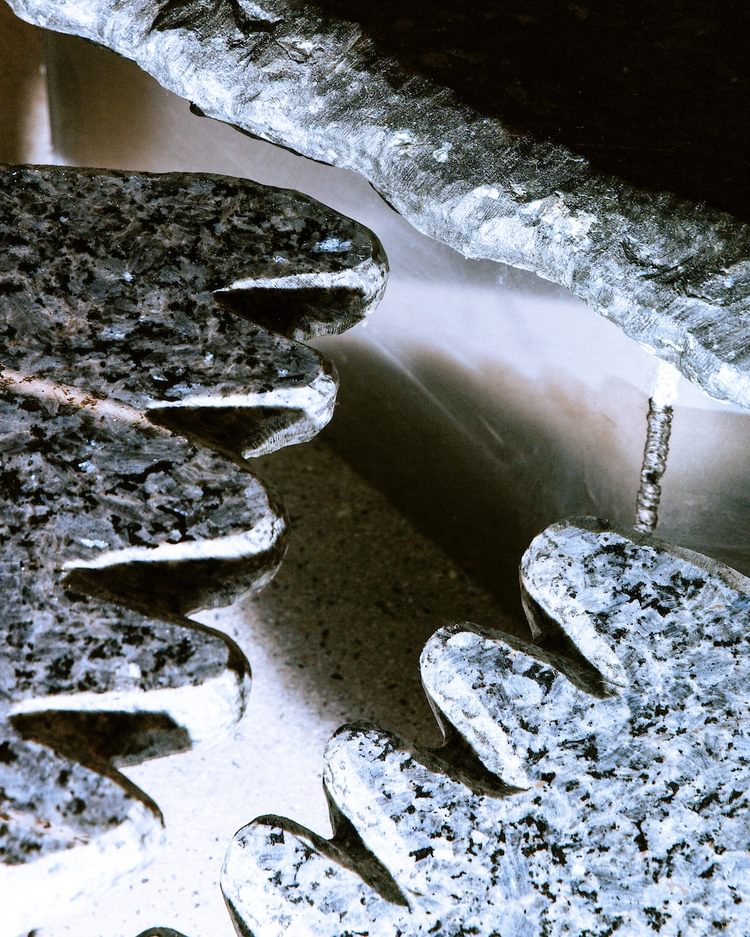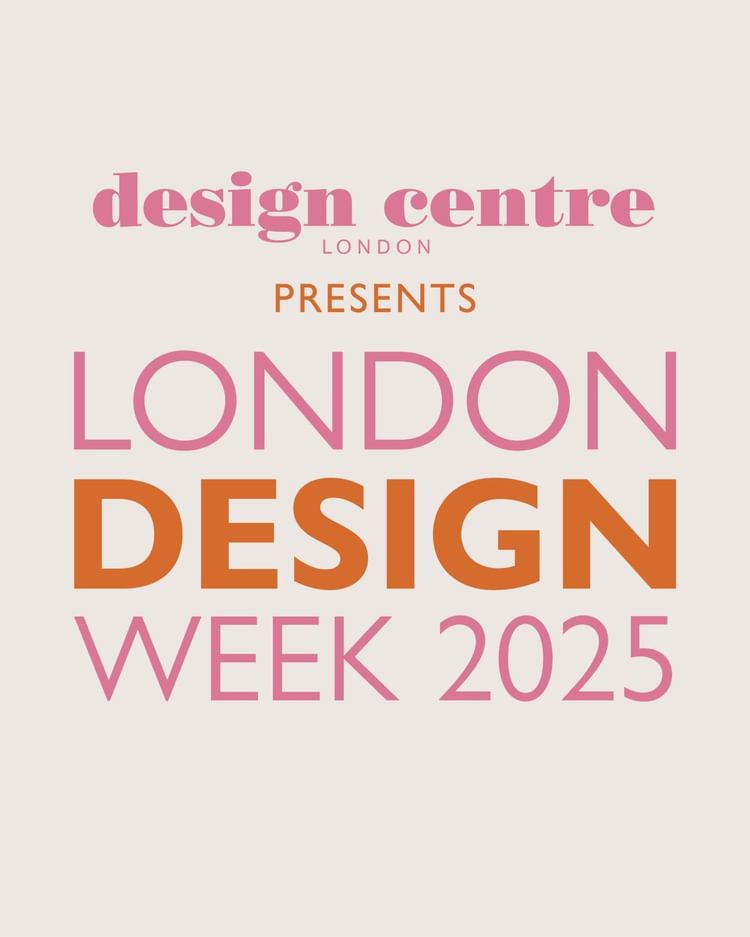News
Latest news
Stay up to date with the latest information, seminars, and events! Here, you can explore exciting opportunities for learning, inspiration, and professional development.

Stay up to date with the latest information, seminars, and events! Here, you can explore exciting opportunities for learning, inspiration, and professional development.

















Welcome to Lundhs.
Our site is also available
in Norwegian